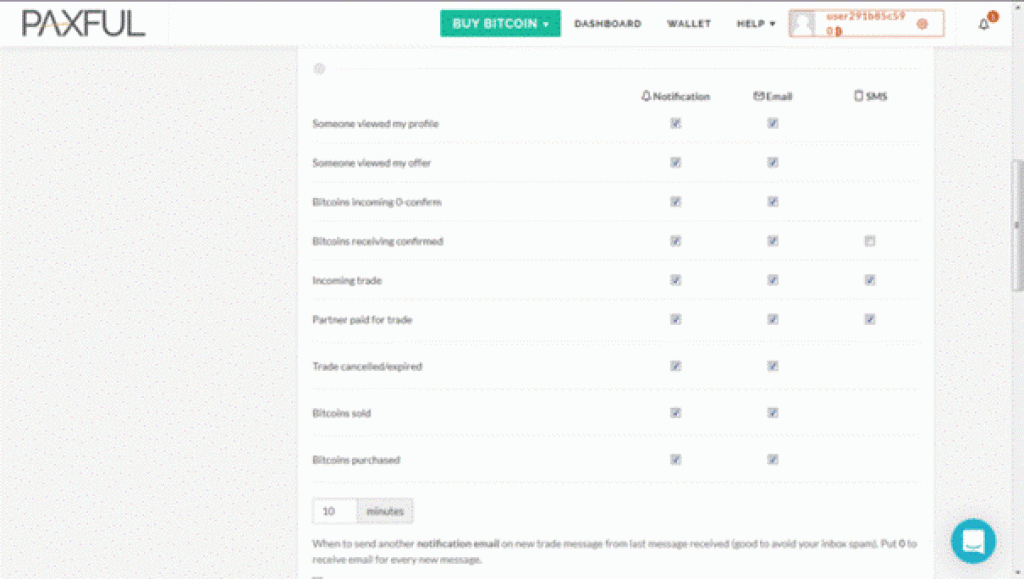
2020-8-15 21:00 |
The economic shutdown carries with it some surprising—and welcome—reverberations beyond just the stock market. Case in point: the resulting environmental impact.
The world is bearing witness to massive reductions across nearly every energy sector imaginable. At the height of the pandemic-induced economic shutdown, countries under full lockdown experienced an average 25% decline in energy demand per week.
Non-renewable energy resources like coal and oil faced the biggest global declines as part of this shutdown. Coal demand fell almost 8% YoY in the first quarter of 2020, facing a continued challenge from cleaner renewable energy resources—the only energy sector where growth occurred during the shutdown. Meanwhile, with global road transport 50% below the 2019 average, oil demand fell nearly 5% YoY in Q1 2020.
And while electricity demand also decreased by around 20% during full lockdown, many countries across the world are reopening and instituting recovery plans and policies—many of which are digitally powered. Recent data shows that consumer and business adoption of advanced digital technologies leaped ahead by five years in the span of just eight weeks in full lockdown.
This rapid migration and accelerated adoption of digital technology is only expected to continue. Out of those using digital channels for the first time during lockdown, 75% say they intend to keep using them in the future. Consequently, businesses are relying on these technologies to service changing consumer needs and those of a more remote-based workforce as well.
The Energy Required to Fuel a Digital FutureBased on data from McKinsey’s report of countries already in economic recovery, energy consumption patterns are showing greater levels than those before the lockdown as advanced digital technologies become more commonplace.
This will undoubtedly lead to substantial, long-term increases in energy consumption if the right planning and investment isn’t put into place now to ensure that our increasingly digital future is also a sustainable future as well. That starts with relying on cleaner, innately green technologies and energy sources.
For a current snapshot of just how unsustainable our digital future is, look no further than the cloud. Businesses providing many of the systems and services fueling our digital economy rely heavily on data centers in the cloud and on-prem in order to stay running—consuming more and more energy with ever-increasing demand.
In fact, researchers expect that cloud fuel use could increase by a whopping 300% in the coming decade. To note, this research occurred prior to the pandemic, so that number could be a more conservative estimation in light of recent trends and developments.
And while the International Energy Agency (IEA) only forecasted a mere doubling in global renewable energy from data centers and the cloud over the next decade, this prediction too resulted in a pre-coronavirus economy. The agency now worries that the recession will drain fiscal enthusiasm for more costly green energy plans.
The Crypto ImpactAs it stands, electricity is in historic demand as we continue to carve out a digital future set into motion much quicker than expected due to this pandemic. The repercussions of this electricity usage could reverse the environmental benefits we reaped during lockdown and plunge us further back in terms of the inroads we’ve made around sustainability.
A fully digital future is one that would instinctively rely on digital payment assets like cryptocurrency. However, increased investment in the blockchain technology that mines and produces many of these digital assets, such as Bitcoin, could put further strain on the global environment.
On average, a single Bitcoin transaction consumes 700 KWh of electricity. That’s a massive carbon footprint when you consider that a single transaction utilizing fiat currency like paper money consumes a mere 0.044 KWh.
Of course, despite the big discrepancy in electricity consumption between Bitcoin and fiat currency, paper money still contributes to significant environmental damage when you factor in the deforestation, eutrophication and photochemical ozone creation stemming from its production and disposal—not to mention the greenhouse gas emissions that result from its transportation and the electricity banks consume to house and store this money.
Cryptocurrency by design isn’t produced, transported or stored in the same ways. This means that it can very much be a sustainable payment option—you just have to use the right digital asset. XRP is fundamentally a much more sustainable asset than the likes of Bitcoin or Ethereum, only consuming a scant 0.0079 KWh of electricity per transaction.
A major reason why XRP is so much more sustainable than other cryptocurrency is that all XRP tokens currently exist, meaning no additional energy is required to make more of this asset. Meanwhile, Bitcoin and Ethereum continue to be produced via proof of work mining practices that gobble up energy.
On average, an ASIC Bitcoin miner costs $1,500 with a high-performing miner costing upwards of $6,000. This figures in the cost of mining equipment which, due to the inability to predict future network behavior and mining profitability, tends to be purchased by miners on the cheaper side of the scale, meaning that it’s likely energy inefficient as well.
These are monetary and environmental costs XRP simply doesn’t accrue. And thanks to the XRP Ledger, XRP transactions can be settled instantly without these associated energy costs as well. Bottom line: more sustainable blockchains will only encourage further adoption of cryptocurrency like XRP.
As we gear up to embrace our electrically-fueled digital future and the real economic growth it promises, we must also consider the impact this future has on the environment. Put simply, a digital future that works for all must also be a sustainable future.
Learn more about XRP and its role in creating a digital, sustainable future for global, cross-border payments.
The post Ensuring That Our Digital Future Is a Sustainable One appeared first on Ripple.
origin »Crowdvilla Point (CROWD) íà Currencies.ru
|
|







